
Focus – Friday, March 17 – 10am
This post is also available in: Français (French)

Focus – Friday, March 17 – 10am
Seoul International ALT Cinema & Media Festival (nemaf, founder Jen Yeunho KIM JANG) is a New Genre public art festival that aims to show alternatives to new media and moving images, which started in 2000. It began with a topic of what to show in a new media that is one step ahead of technology in existing media festivals. The nemaf introduces about 130 works from around the world every year.
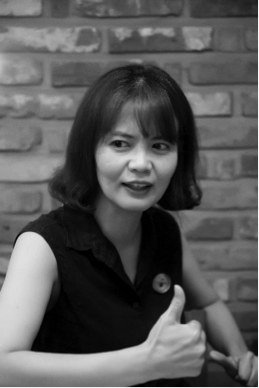
Curator : Hokyung Moon
Hokyung Moon writes and lectures on various cultural contents such as people, space, media, and policy making. She studied art history at the Graduate School of Sookmyung Women’s University and completed a master’s degree after taking a postgraduate course in the culture industry at Goldsmiths College, University of London. She has worked as a curator for the Hanwon Museum of Art and the National Women’s History Exhibition Hall. She has organized exhibitions of Telling the Truth: Beyond Death, Beyond the Darkness of the Age (2020) and Records Memories: Stories of “Comfort Women,” Untold Words (2019). She is a lecturer at the department of culture & content at Sangji University, Korea and is on a committee of the nemaf and currently working as a chief curator.
Introduction to the nemaf program :
We are delighted and honored to be able to introduce nemaf at VIDEOFORMES 2023. Under the catchphrase of “new imagination, new uses”, nemaf has been steadily introducing Korean and international alternative video and media arts that present the other, gender, and artistic sensibility to the audience in Korea. The works screened in VIDEOFORMES 2023 were selected from among the works of Korean artists with nemaf so far from 2000 until recently.
First, these are the works of artists who actively accepted digital technology from the early 2000s and explored new visual languages for their works. URI, which deals with the social meaning of a group (mass of people), is the artist duo MIOON’s early video works, and Yongseok Oh’s Cross is a collage of photos and videos of daily life unfolding in the same place but in different time zones. Dujin Kim’s Farewell to Mr. Arnold is a video installation work that captures the camouflage of male soldiers and makeup of women with the concept of survival.
In the 2010s, formal experimentation and expansion of digital art, including animation, web/net art, sound art, game, and virtual reality were accelerated in Korea’s alternative video art field. The artists covered various subjects such as women, family, labor, migration, history, nature and city, community, and personal narrative, and they expressed their voices with outstanding visual beauty as well. Heejeong Jeong’s Naked Island is a panoramic video in which the artist recalls her inner memories with the motif of traditional Korean landscape paintings, and Miss Park Project #1 by Yongchu Suh is an experimental animation film in which the artist performatively uses collage, décollage, and rotoscoping techniques.
Recently, artists are telling creative and colorful stories while using various digital resources and online platforms freely more than ever such as smartphones, SNS, internet portal services, and digital archive footage. In particular, the works of young artists who reflect on Korean society where the realization of transitional justice is of considerable importance are noteworthy. C.RealTimes accuses the evils of the creation of new towns following rapid industrialization through How to become an expert Sungnam citizen in 5 minutes, and in Hanna Noh’s Internal other, an endangered animal in contact with a shaman, who goes on a journey to the DMZ (the Demilitarized Zone between South Korea and North Korea).
Hopefully, the opportunity to appreciate these works will serve as a guide to understanding the history and field of alternative visual arts in Korea.
Hokyung Moon, chief curator of NeMaf.


URI / MIOON / Korea / 2002 / 04’28
“We” in a Highly Controlled Society.
An individual expressed in the term “I” is subject to transform their identity into something collective or totalitarian, represented by the term “we”. A fertile soil for collectivism is usually offered by the lack of critical mind. Infatuated with such collectivist consciousness, individuals easily become extremely fanatic and obsessed with collectivist purposes, losing their distinctive identity.
In order to express totalitarian aspirations of the masses, the video work We fills the screen with a number of seats and spectators whose motions are uniformly repetitive and accompanied by “Samul” music. With apparent ups and downs in its process and giddy and buoyant rhythm, the music has a characteristic to gradually assimilate the spectators and finally bring them to the climax of excitement. The work paradoxically stresses the significance of individual freedom and autonomy by delineating strictly collective order. The work, in disregard of such intention, can be interpreted as a presentation of visual pleasures along with musical amusement.



Cross / Yongseok OH / Korea / 2002 / 5’05
Yongseok Oh is known for his collage of photography and video. I find Cross (2002) particularly interesting as it is an early collage work from the time when the artist started to experiment with assembling still and moving image. Cross began with his personal archive. The work is divided into five sections subtitled with years and places, in a similar manner to how we mark the dates and places on the back of photos. The first two photos, Cheonjeyeon 1963 and Seorim 1963, were taken from an old photo album belonging to the artist’s mother, the third, Gangjeongcheon 1980, was from the artist’s personal archive and Gwanghwamun 1950 and Deoksugung 1957, depicting historical sites in central Seoul, were found on the Internet.
In Cross, Oh extends the original image by joining still and moving images taken in the same place, but in different times, for instance, after over 20 or even 50 years have passed. There is a black and white photo of his mother in Cheonjeyeon in 1963. Almost 40 years later, Oh and his mother went to the same place and shot a video in a similar pose. This video is placed in the same place with the old black and white photo. Images of skies, grass and rivers taken in different times are added, too, and finally a scene is completed. In this extended and combined landscape, the mother in 1963 and the mother and son in 2002 (2009, Remaster) coexist. In another section, we see both the Gwanghwamun of 1950 with marks of the Korean war, and the Gwanghwamun of 2002, still in a position distorted by the Japanese colonial government, before the restoration in 2010. Cross is a multidimensional archive of specific places with different perceptions and times.
Written by Seihee Shon, a curatorial essay for Remembering or Floating (Atelier Nord ANX, Oslo, Norway, 2017)


“Farewell to Mr. Arnold” / Dujin KIM / Korea / 2005 / 5’20
The concept of makeup as a means of survival is captured in the male soldier’s camouflage technique and expressed as a video installation work. Just as men wear makeup (camouflage) as a means of survival to hide their appearance from enemies in war, women wear makeup as a means to survive by highlighting themselves in a patriarchal society. To express this concept, the author cites a camouflage scene in a war movie in which male soldiers perform in the dark. Both male and female makeup and camouflage are related to the survival of society. The work employs a strategy of recontextualization by quoting and transforming the conventional Hollywood movie images (Predator starring Arnold Schwarzenegger, 1987), and transposing them into a colorful make-up scene. As the title of the work shows, the image of a man’s face disintegrates over time and evaporates solid masculinity and dichotomous gender differences into iridescent light.
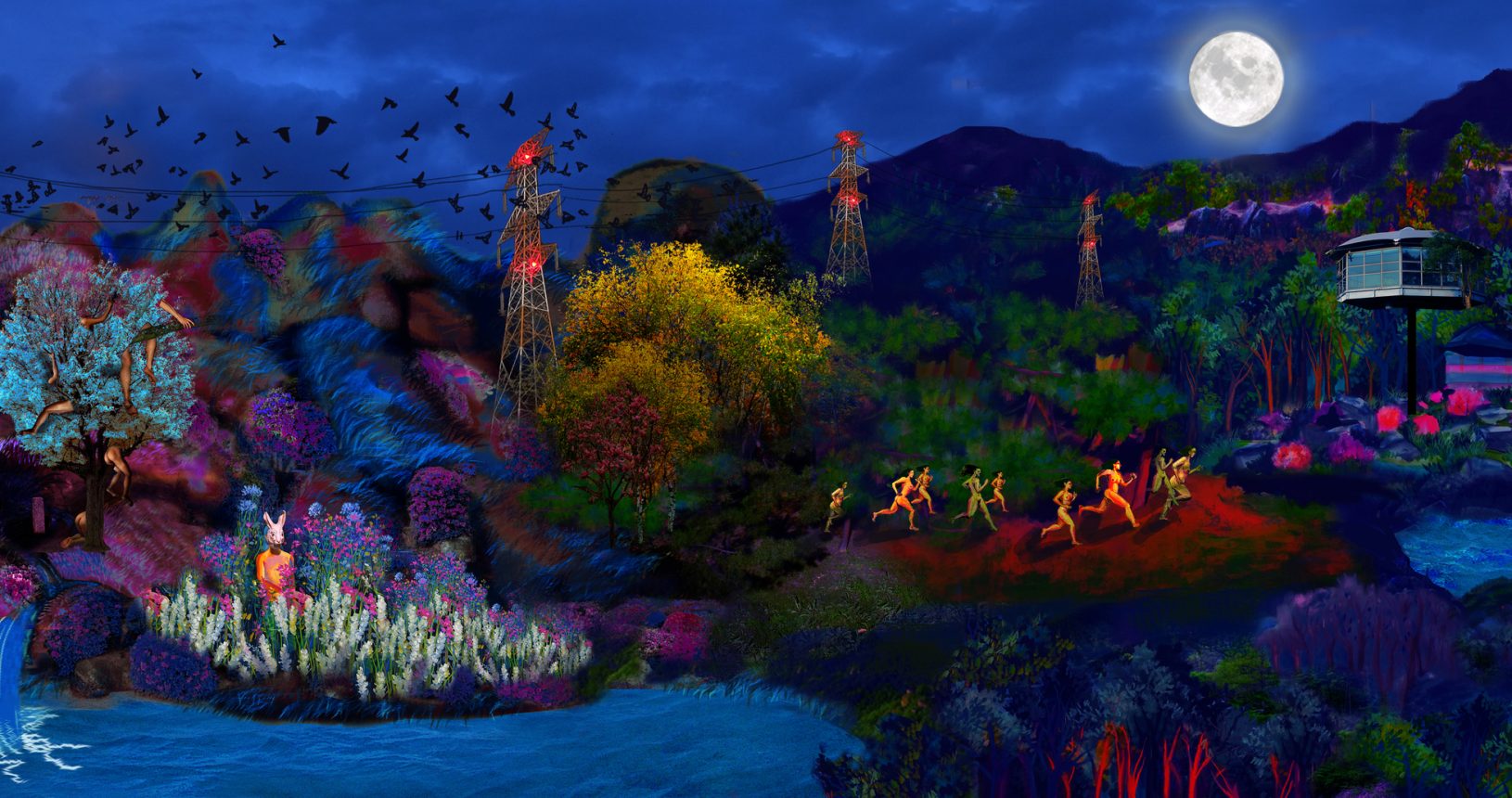
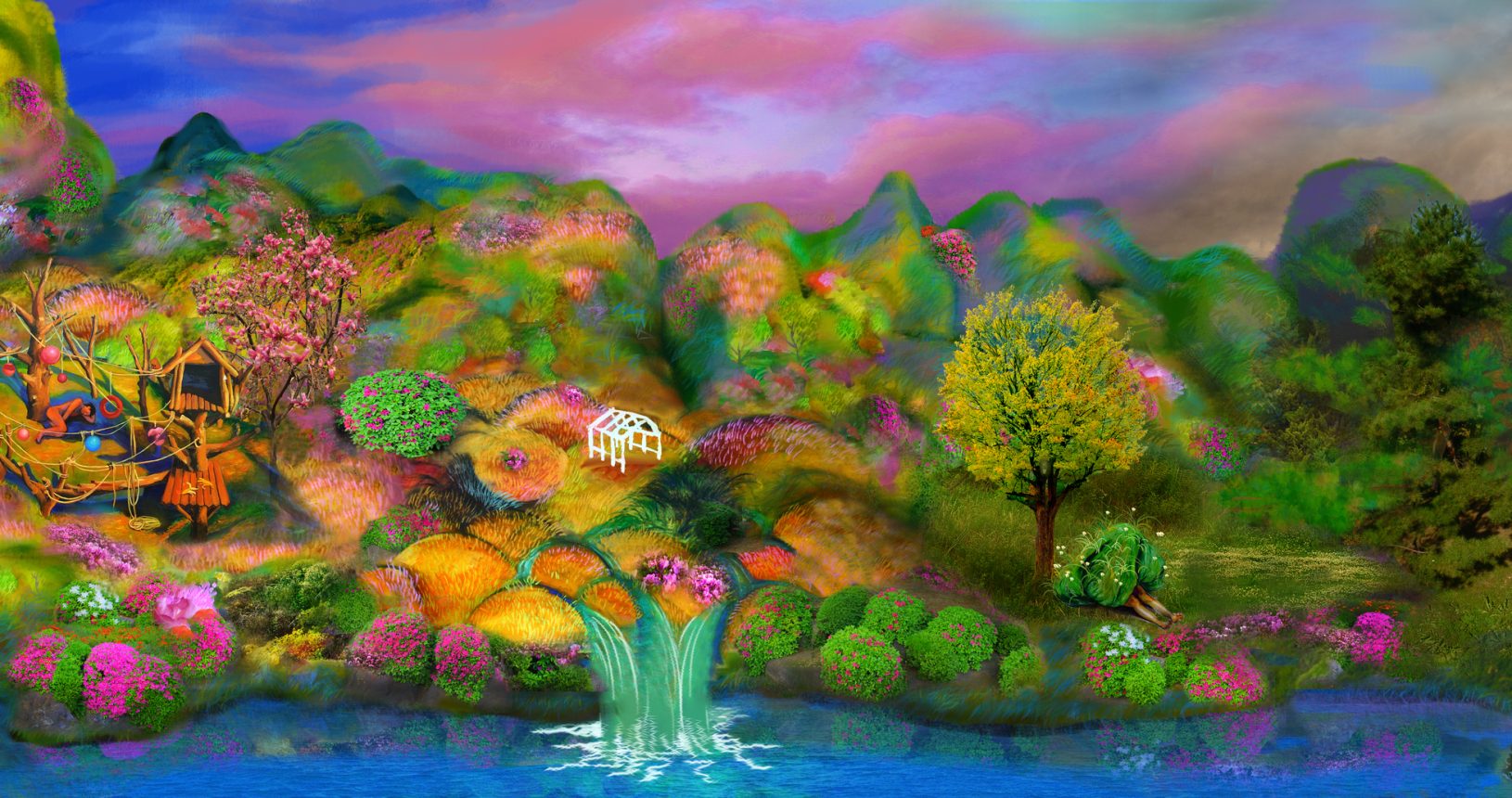
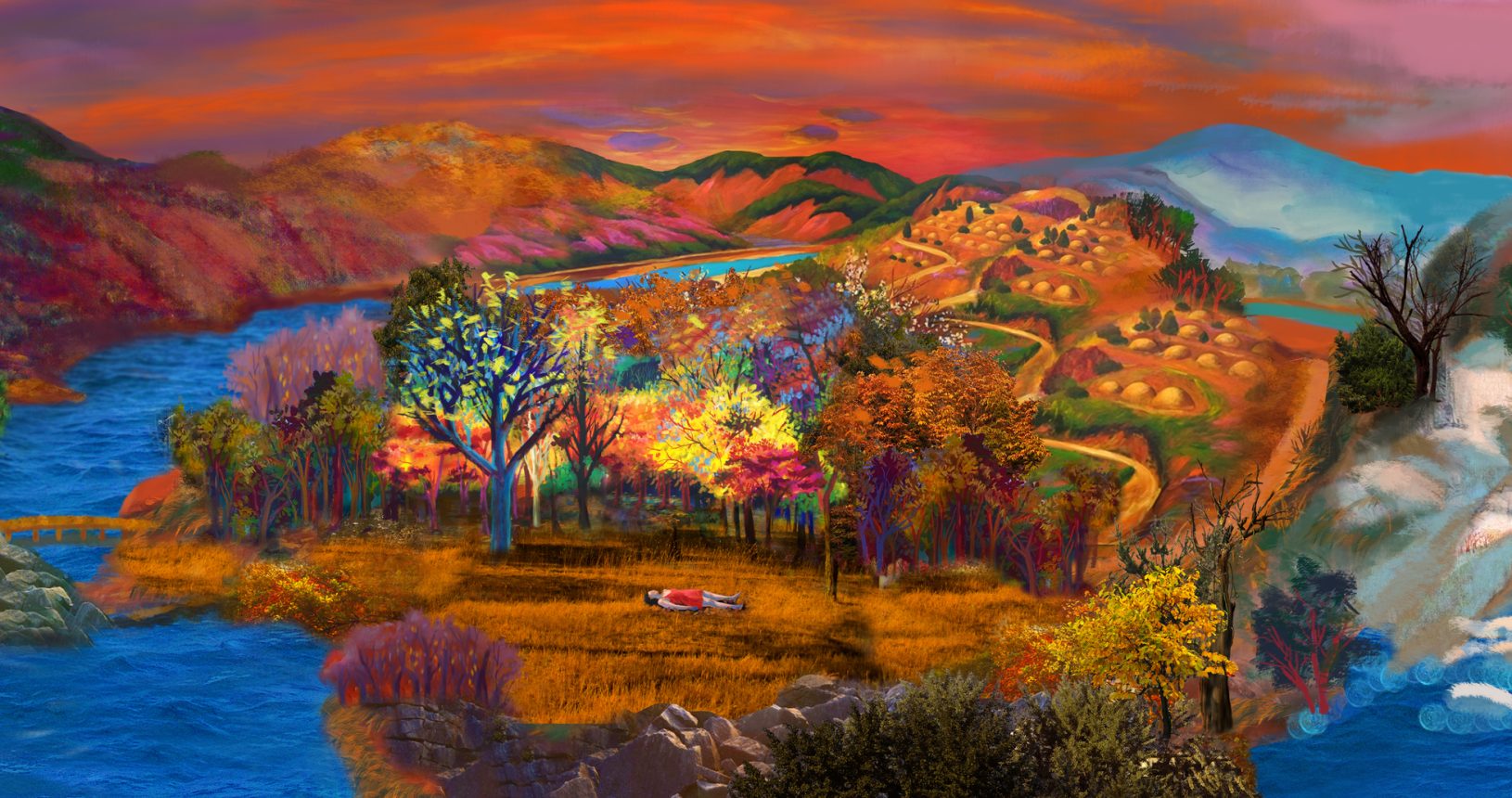
Naked Island / Heejeong JEONG / Korea / 2015 / 6’40
The scenery of the Joseon Dynasty a century ago is summarized as a Shan Shui landscape painting (which means mountains and water). It was closer to utopia than a real landscape. Naked Island is a panoramic animation that overlaps today’s landscapes based on the form of Shan Shui. If a place that does not exist but is dreamed of is a utopia, Naked Island is an allegory for a landscape that already exists but is overlooked by rationality.
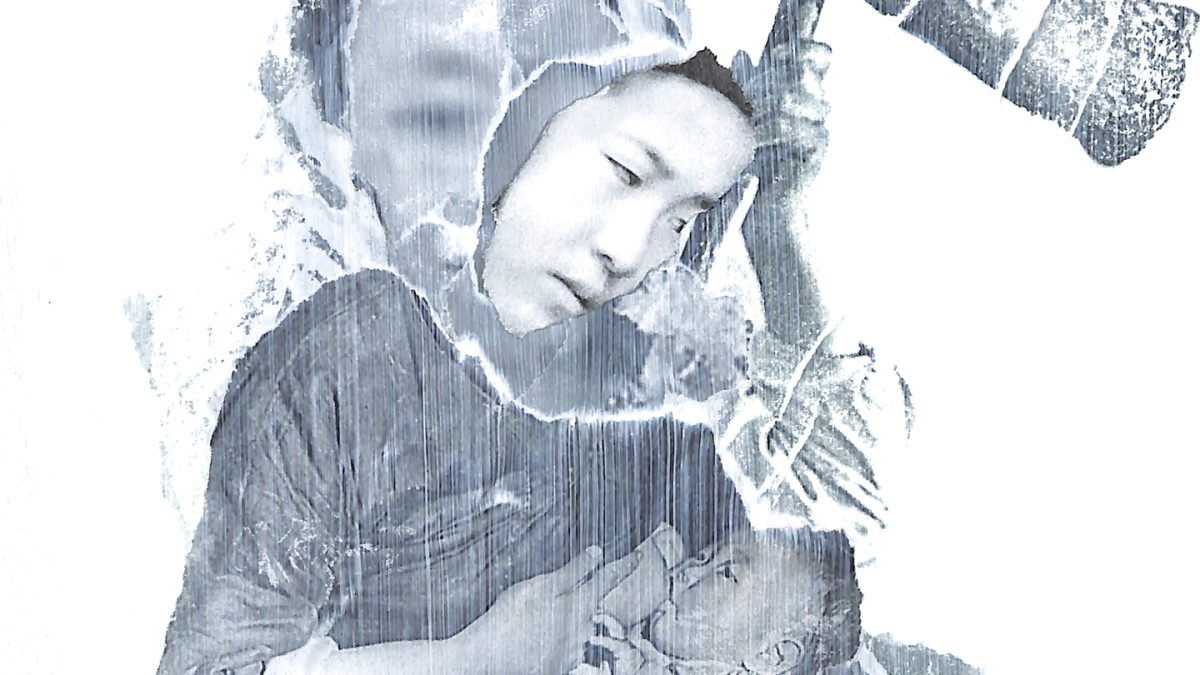
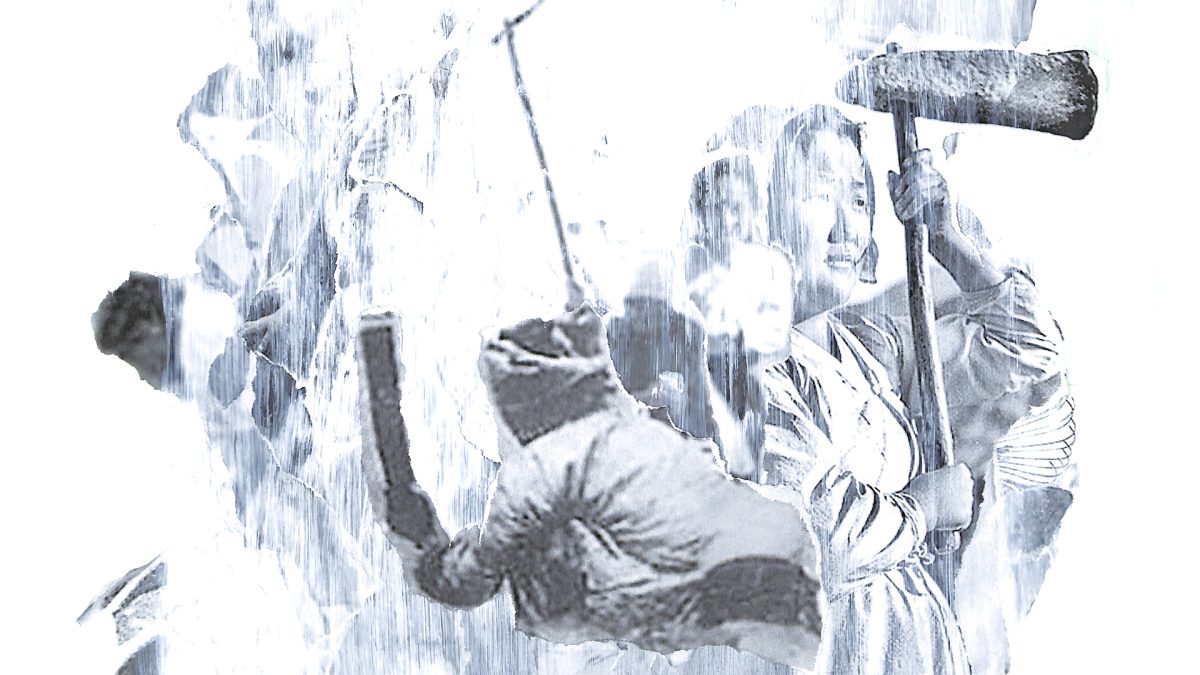
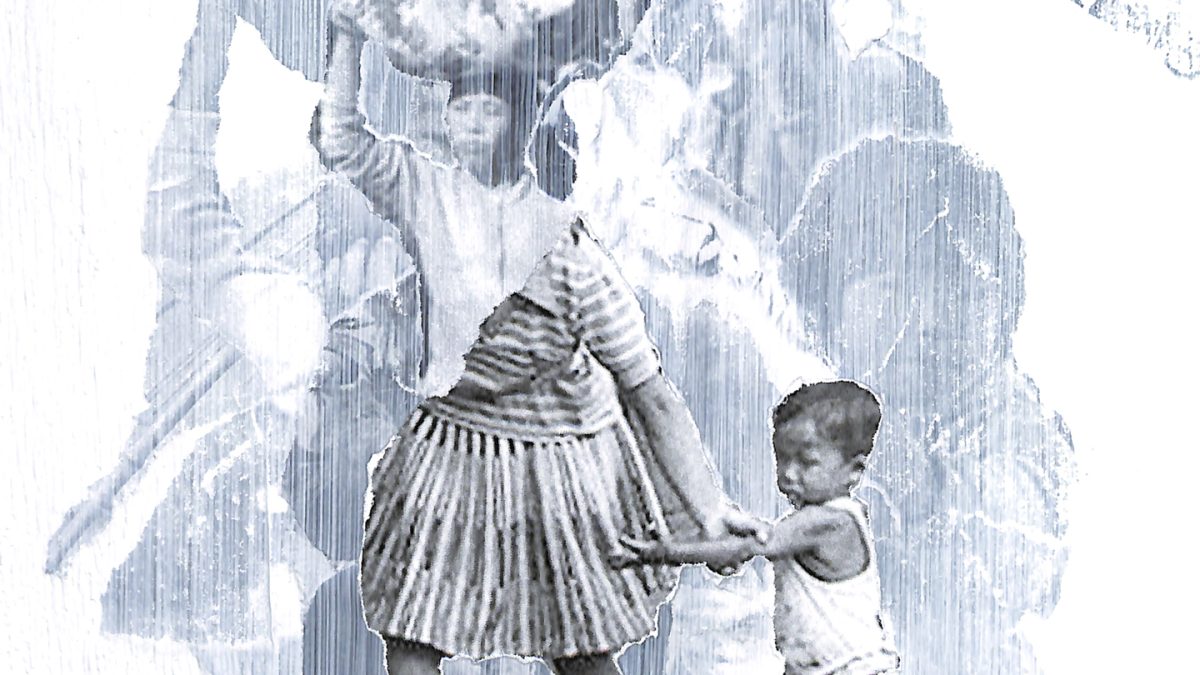
Miss Park Project #1 / Yongchu SUH / Korea / 2017 / 7’38
Miss Park Project #1 is a 3-channel animated work that summon the women from old, faded photographs of modern Korean history to the present day. It is a kind of ritual for the myriad lives of women that cannot be singularly symbolized and defined.
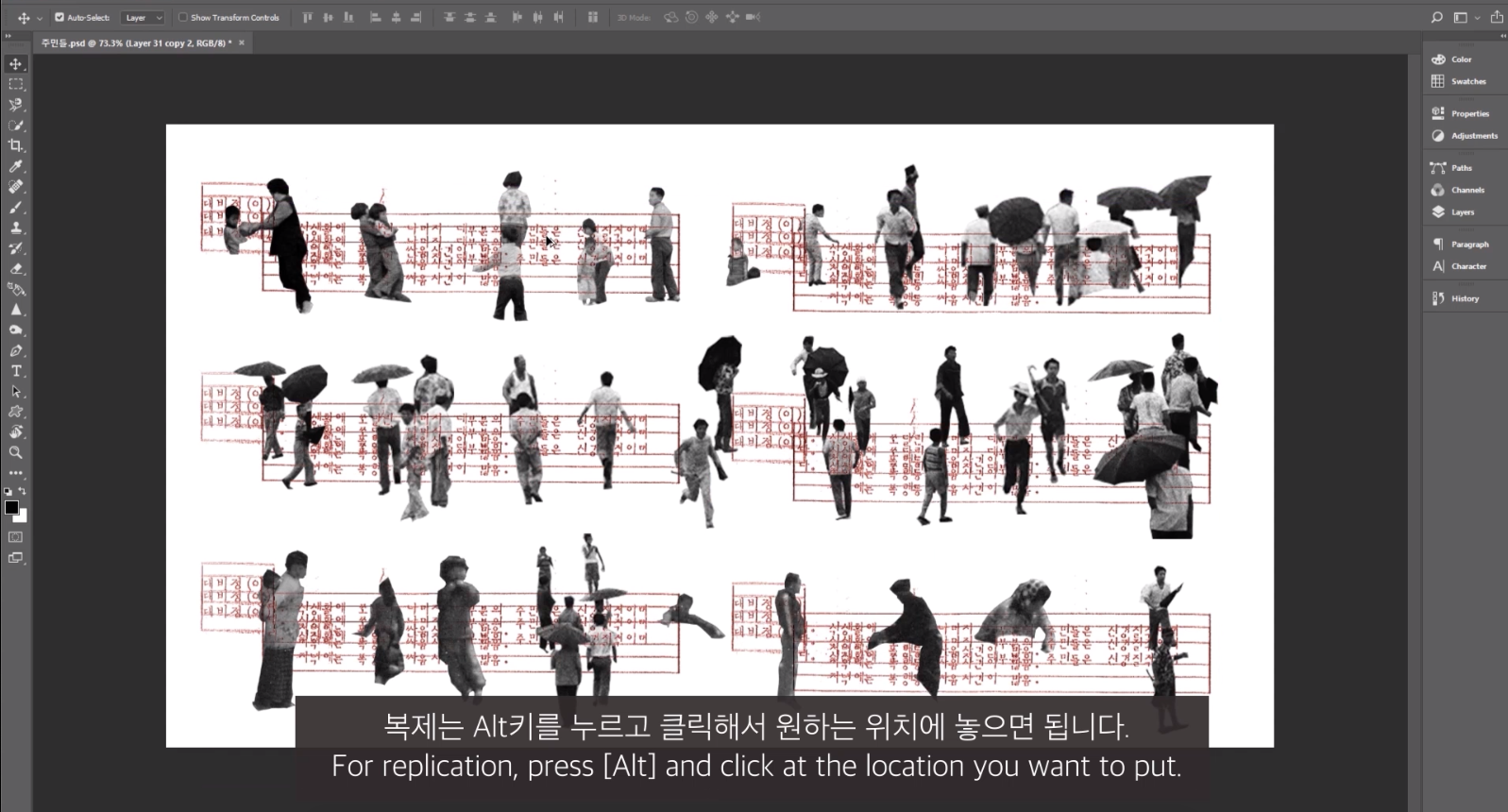
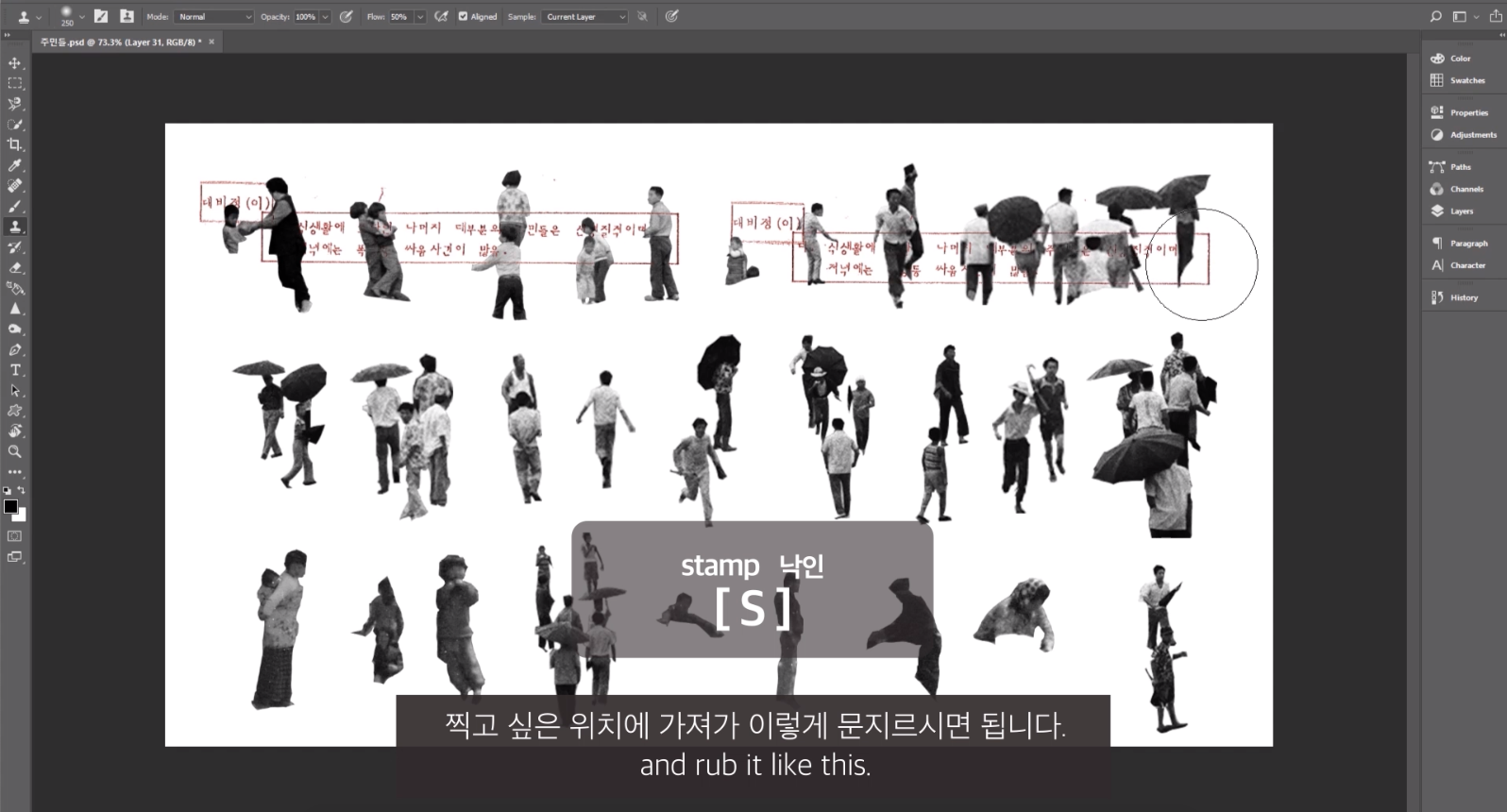

How to become an expert Sungnam citizen in 5 minutes / C.RealTimes / Korea / 2019 / 5:21
“What we are editing is an image, not a historical incident.”
In 1971, the “Gwangju incident” happened in Sungnam city, Korea. It occurred due to the execution of forced migration during the fast developmental era of Korea, around the 1960-70s. In this moving image, an invisible person lectures how to use a photoshop program. The metaphorical story of the lecture reveals how unlit and buried local events disappear from our memories by hidden forces.

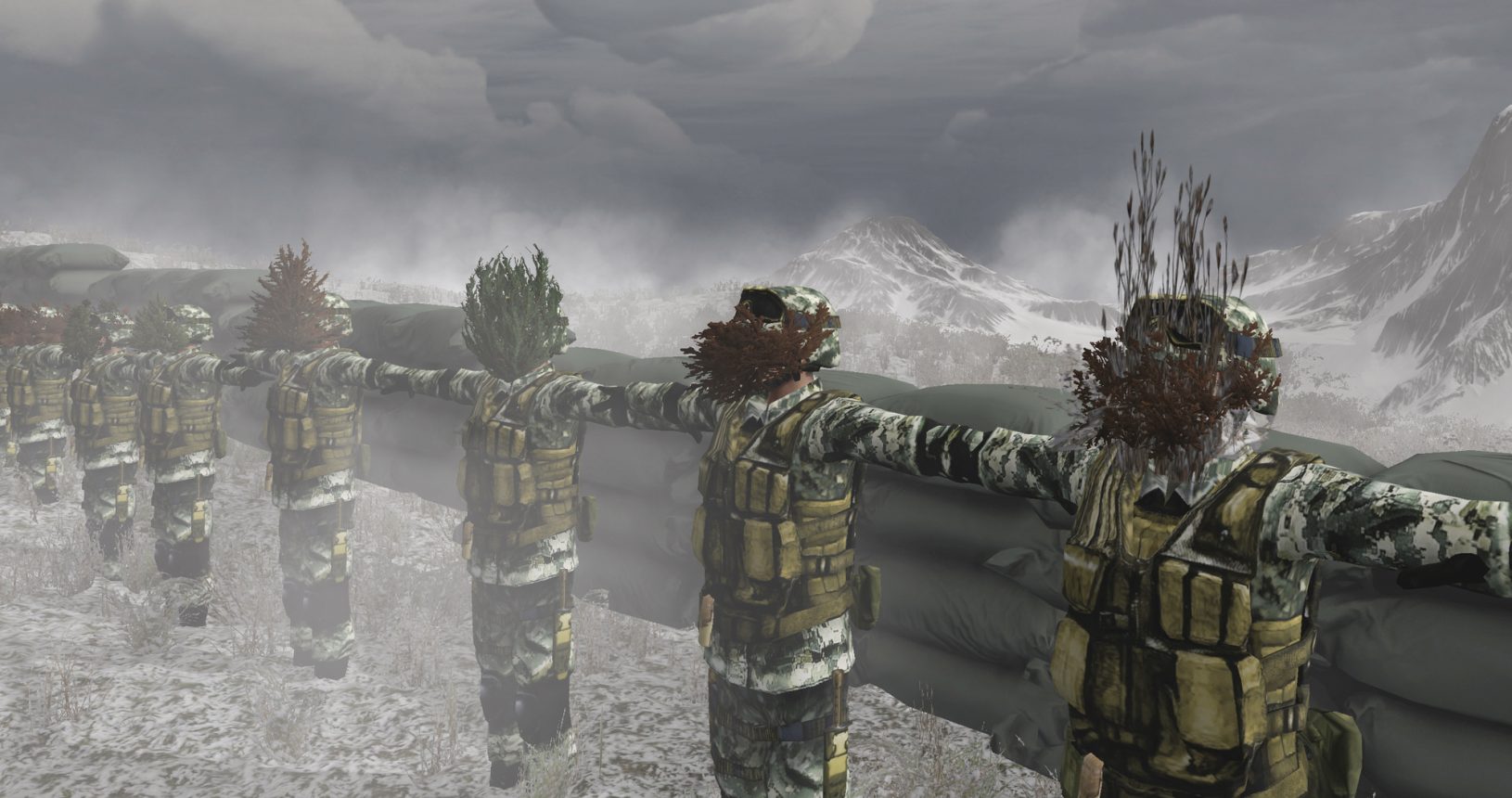

Internal other / Hanna NOH / Germany / 2019 / 9’10
Internal other focuses on the endangered fauna in the “Transboundary Protected Area” of the DMZ (the Korean Demilitarized Zone between South Korea and North Korea). For 66 years and along 155 miles, this zone has been an “accidental wildlife paradise”[1] for wild animals.[2] Among them the endangered red-crowned crane, which plays an important role in the Korean culture and tradition: it is a symbol of longevity, fidelity, morality, and auspicious sign, a spiritual vehicle for the mountain gods, a medium drifting between heaven and earth.
In Internal other I have composed a setup with animals as tribal residential populations; the red-crowned crane takes on the role of the shamanic narrator. On her “magical flight” through metaphorical and virtual landscapes, she takes us to several places in the DMZ, ranging from real to imaginary ones, i.e., to the “inner mountain snowfields” in our mind.[3]
[1] Jennifer Billock, “How Korea’s Demilitarized Zone Became an Accidental Wildlife Paradise”, [online]https://www.smithsonianmag.com/travel/wildlife-thrives-dmz-korea-risk-location-180967842/, [accessed February 12, 2018].
[2] Catherine Pool, “Transboundary Protected Areas as a Solution to Border Issues”, The University of Nebraska-Lincoln AnthroGroup, 2006.
[3] Robert R. Desjarlais, “Healing through images: The magical flight and healing geography of Nepali shamans”, American Anthropological Association, 1989.